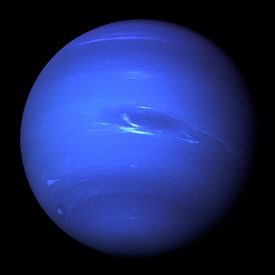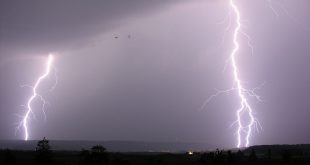{mosimage}
Normal
0
false
false
false
EN-CA
X-NONE
X-NONE
/* Style Definitions */
table.MsoNormalTable
{mso-style-name:”Table Normal”;
mso-tstyle-rowband-size:0;
mso-tstyle-colband-size:0;
mso-style-noshow:yes;
mso-style-priority:99;
mso-style-qformat:yes;
mso-style-parent:””;
mso-padding-alt:0cm 5.4pt 0cm 5.4pt;
mso-para-margin-top:0cm;
mso-para-margin-right:0cm;
mso-para-margin-bottom:10.0pt;
mso-para-margin-left:0cm;
line-height:115%;
mso-pagination:widow-orphan;
font-size:11.0pt;
font-family:”Calibri”,”sans-serif”;
mso-ascii-font-family:Calibri;
mso-ascii-theme-font:minor-latin;
mso-fareast-font-family:”Times New Roman”;
mso-fareast-theme-font:minor-fareast;
mso-hansi-font-family:Calibri;
mso-hansi-theme-font:minor-latin;}
Neptune is the farthest
planet from the sun. It was named after the Roman God of the sea. The Greek’s
call Him Poseidon. Neptune’s size in diameter is 49 530 kilometres. It is the
fourth largest in mass. A year in Neptune would be 165 Earth years. A day in
Neptune would be 16 hours. In its thick atmosphere, there is 74% hydrogen, 25%
helium and 1% methane. Neptune has the fastest winds in our Solar System. The
Great Dark Spot on Neptune is similar to the Great Red Spot on Jupiter. The
Great Dark Spot may disappear and reappear again. This massive storm would go
counter clockwise. It is so fast that it goes at least 2 100 kilometres per
hour.
Neptune is the third largest planet in mass. It is 17
times the mass as Earth. It is a little bit bigger than its neighbour, Uranus.
Neptune was discovered on September 23rd,
1846. Neptune has been visited once by the Voyager 2 which flew by Neptune on
August 25th 1989. It had taken pictures of Neptune and sent it back
to Earth. The fact that this blue planet is an outer planet, it is a gaseous
planet. It has 13 known moons.
Neptune has active and visible weather patterns.
Because of Neptune’s distance from the sun, its outer atmosphere is the coldest
destination in our Solar System. In the clouds, it could reach up to maybe -218°C.
At the centre of this planet, it would be at least 5 000°C, though.
Picture: democraticunderground.com
My School Assignment. 2010 Feb 10
http://orkooyon.weebly.com
- The Killer Whale (Orcinus Orca) - ফেব্রুয়ারি 4, 2012
- Neptune - মার্চ 17, 2010
 বিজ্ঞানী.অর্গ বিজ্ঞানী, প্রযুক্তিবিদ ও পেশাজীবিদের মিলনকেন্দ্র
বিজ্ঞানী.অর্গ বিজ্ঞানী, প্রযুক্তিবিদ ও পেশাজীবিদের মিলনকেন্দ্র





Good Job Orko 🙂
Thank you.